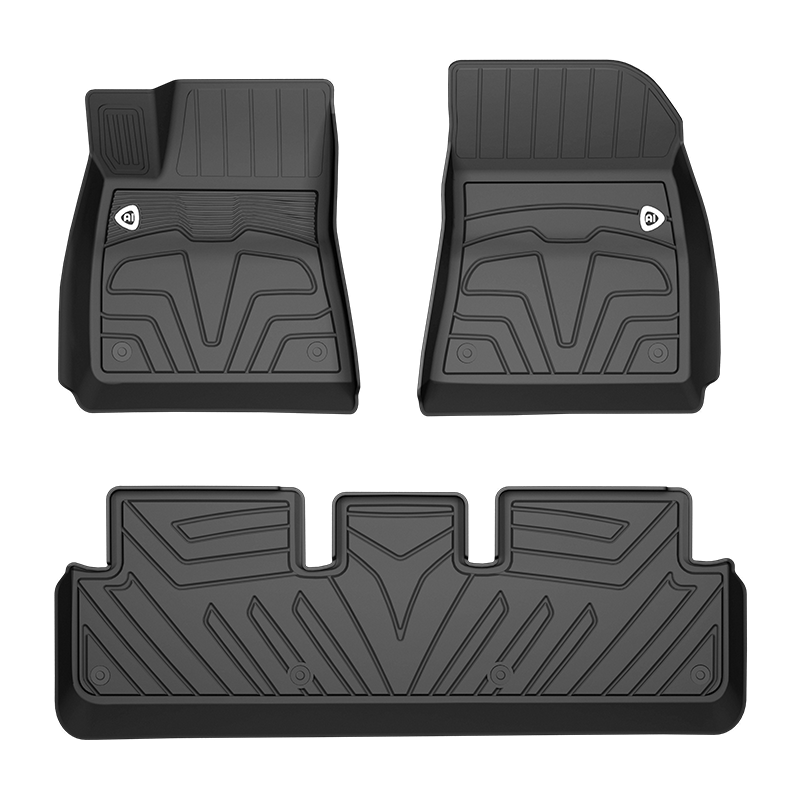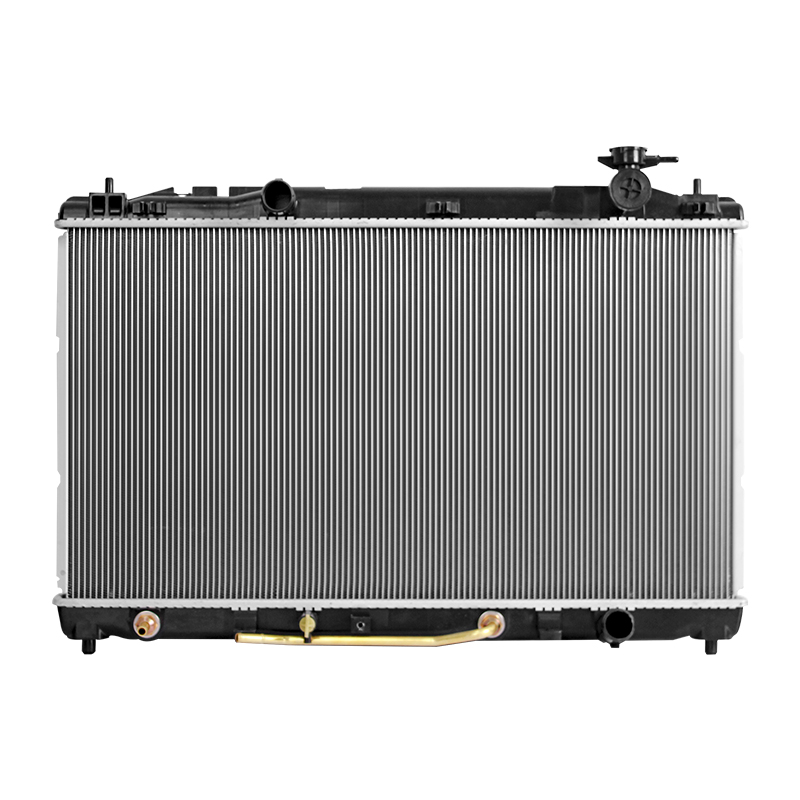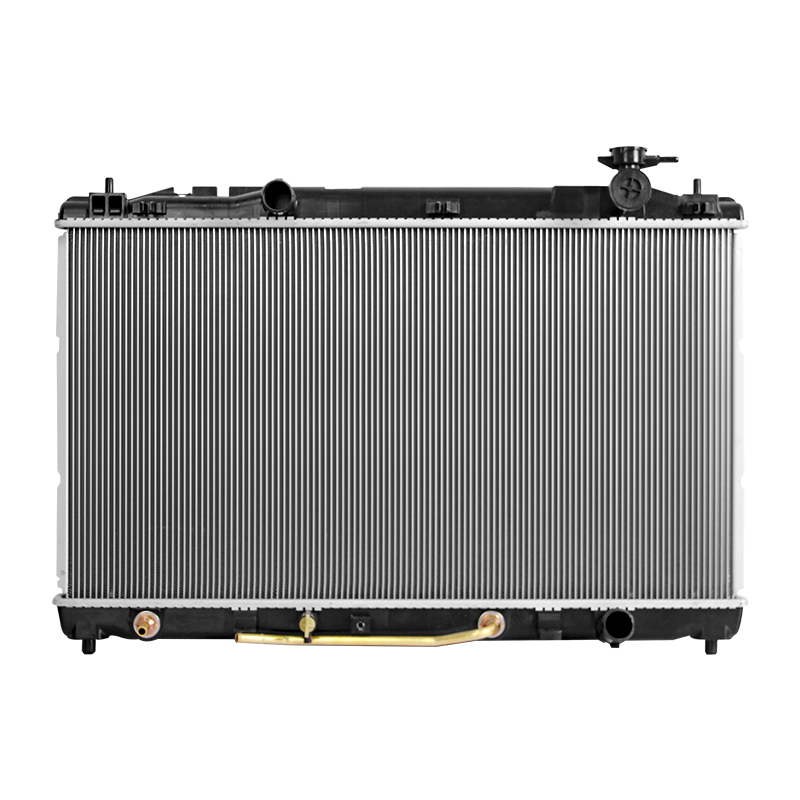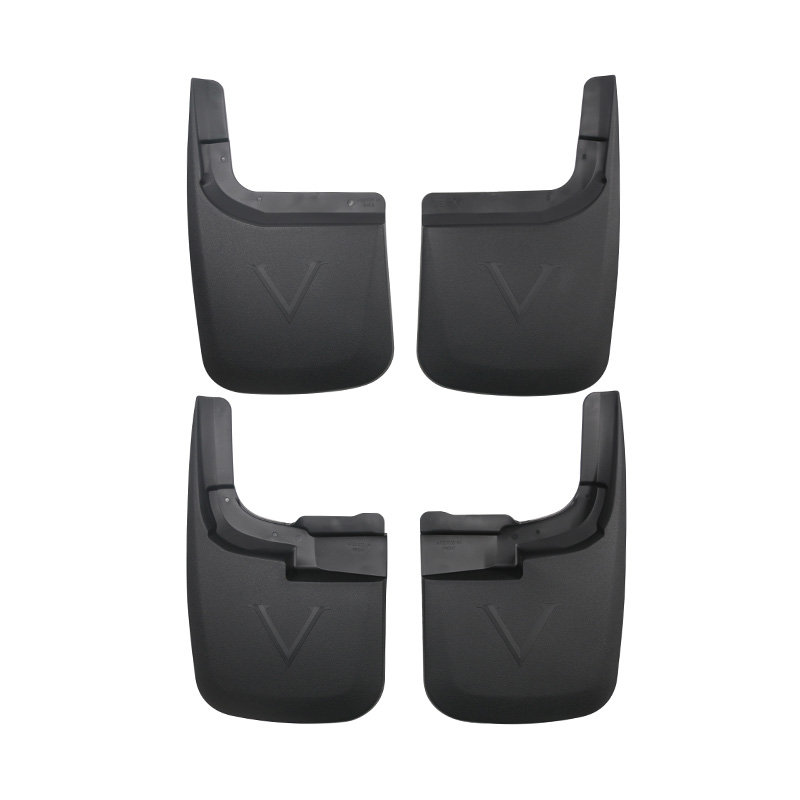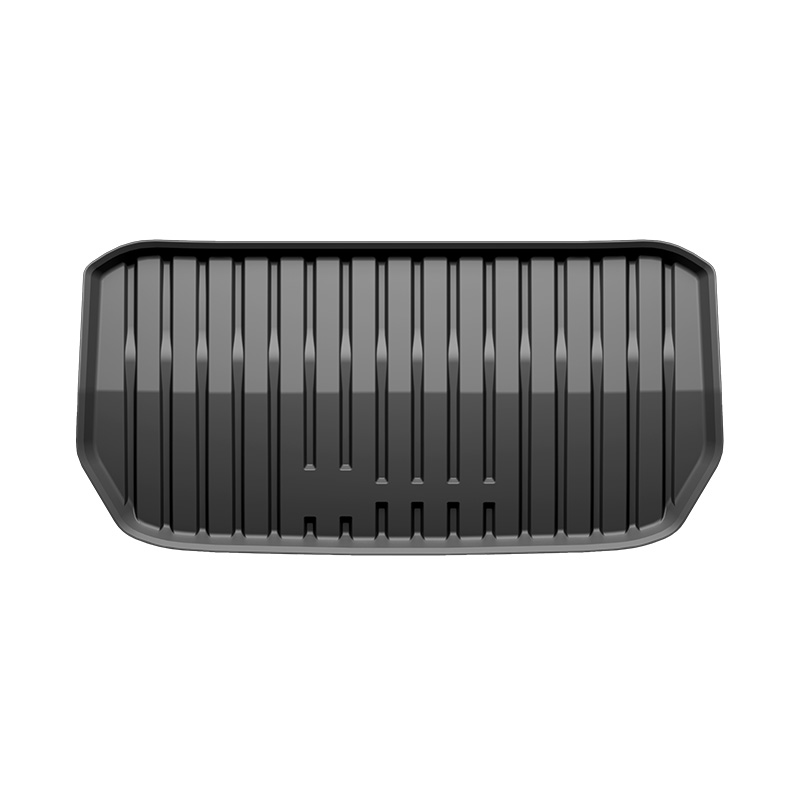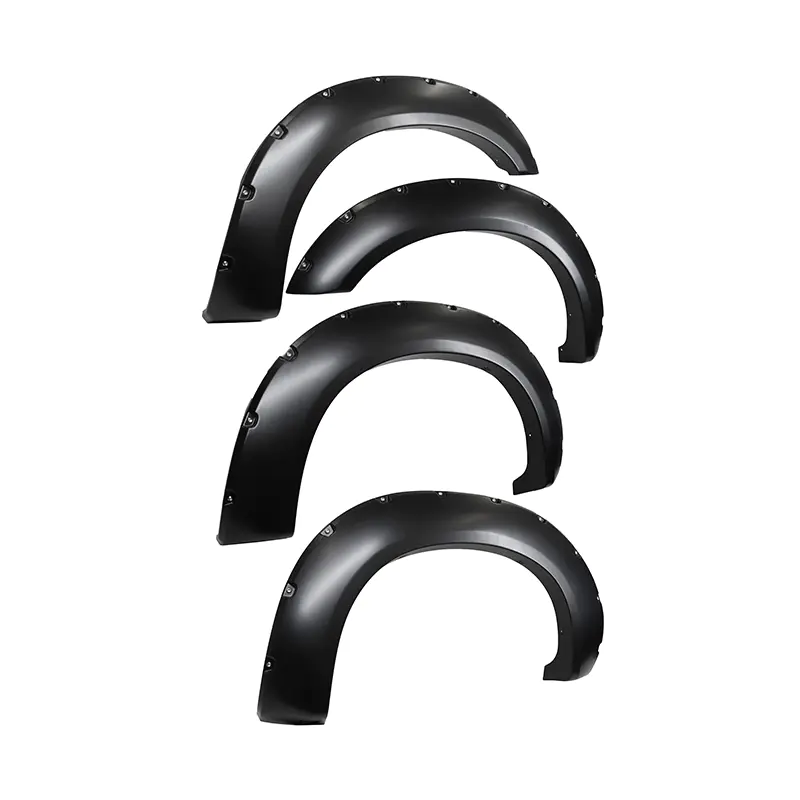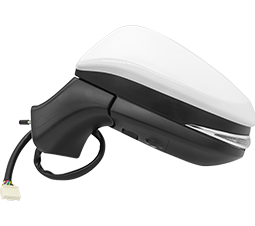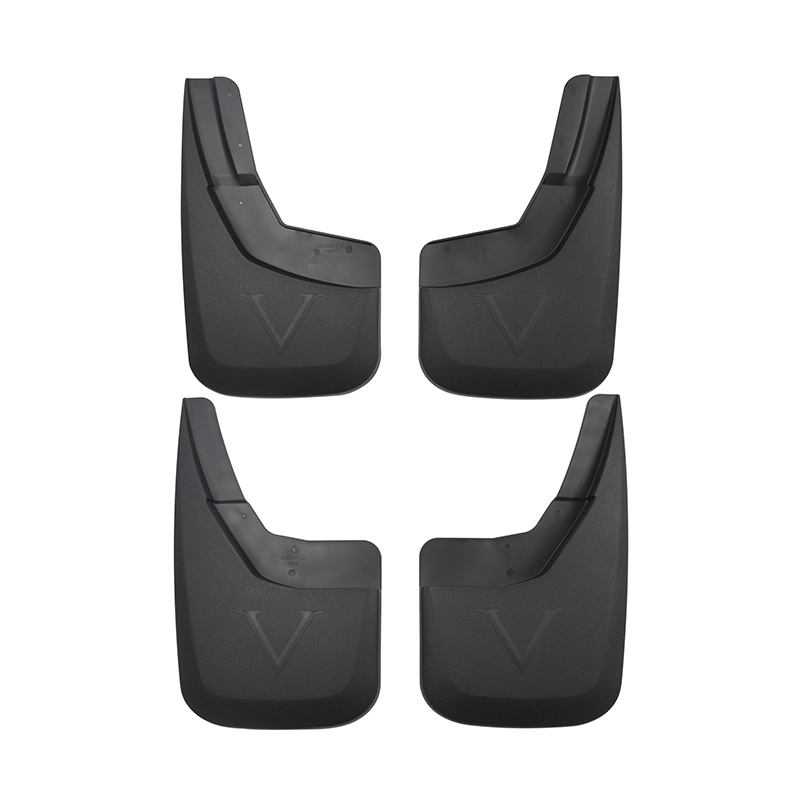TPE car floor mats are high-quality automotive interior accessories made from Thermoplastic Elastomers (TPE), a hybrid material that combines the flexibility of rubber with the durability of plastic. They have become a popular replacement for traditional PVC or rubber mats, offering superior performance, comfort, and environmental safety.
Unlike older materials that may crack, emit odor, or deform under extreme temperatures, TPE car floor mats maintain their shape, resist wear, and remain odorless even after prolonged use. These features make them the ideal choice for modern drivers who prioritize both functionality and aesthetics in their vehicles.
Material Composition and Key Properties of TPE
TPE, or Thermoplastic Elastomer, is a polymer material that offers elasticity and recyclability. It behaves like rubber at room temperature but can be molded like plastic when heated. This property allows for precise shaping and custom-fit designs that contour perfectly to a vehicle’s floor space.
Core Material Advantages
- Elasticity: Provides a soft touch and flexible feel while maintaining shape over time.
- Temperature Resistance: Performs effectively from -40°C to 80°C without hardening or cracking.
- Eco-Friendliness: 100% recyclable and free from toxic substances like PVC, latex, or heavy metals.
- Odor-Free: Non-toxic and odorless even under high temperatures inside closed vehicles.
- Non-Slip Surface: Enhanced friction properties to prevent mat displacement and ensure driving safety.
These combined characteristics make TPE a superior material for car floor protection, ensuring longevity, safety, and comfort for daily use.
Design Features That Define High-Quality TPE Car Floor Mats
The quality of TPE floor mats depends not only on the raw material but also on their design and manufacturing precision. Advanced molding technologies allow for exact fitting, ensuring that each mat aligns with the contours and dimensions of specific car models.
1. Custom Fit and Coverage
Premium TPE car mats are laser-scanned and digitally designed to match the floor layout of individual car models. This custom fitting ensures edge-to-edge protection, covering footwells, tunnels, and corners that universal mats often miss.
2. Multi-Layer Construction
Many high-end TPE mats feature a layered design. The top layer offers durability and scratch resistance, the middle layer provides shock absorption, and the bottom layer ensures a strong anti-slip grip. Together, these layers deliver superior comfort and protection against spills and wear.
3. Raised Edges and Water Channels
Deep grooves and raised edges are essential features that trap dirt, mud, snow, and liquids. These contours prevent messes from spreading, keeping the underlying carpet dry and clean even in rainy or snowy conditions.
4. Easy Maintenance and Cleaning
TPE mats are extremely easy to clean — simply remove them, shake off loose debris, and rinse with water. Their non-stick surface prevents stains and residue from adhering, ensuring that your car’s interior looks spotless with minimal effort.
Comparison: TPE vs. Traditional Car Floor Mat Materials
When choosing car mats, it’s helpful to understand how TPE stands against conventional materials like rubber or PVC. The table below highlights the differences in durability, safety, and environmental impact.
| Feature | TPE Floor Mats | Rubber/PVC Floor Mats |
|---|---|---|
| Material Safety | Non-toxic, odorless, and recyclable | May contain harmful chemicals or VOCs |
| Durability | High resistance to deformation and cracking | Can harden, crack, or fade over time |
| Temperature Performance | Stable from -40°C to 80°C | Limited range, may deform in heat |
| Eco-Friendliness | Fully recyclable and sustainable | Non-recyclable and polluting |
| Maintenance | Easy to clean, non-stick surface | Retains dirt and may require scrubbing |
Applications and Compatibility Across Vehicle Types
TPE car floor mats are compatible with a wide range of vehicles, from compact sedans to heavy-duty SUVs and trucks. Manufacturers produce vehicle-specific models to ensure a seamless fit and aesthetic consistency.
- Passenger cars: Precision-fit mats that enhance comfort and cabin cleanliness.
- SUVs and crossovers: Deep-ribbed designs that handle mud, snow, and rugged terrain.
- Trucks and commercial vehicles: Heavy-duty versions with thicker material for durability under high foot traffic.
- Electric vehicles (EVs): Lightweight and sustainable options that complement the eco-friendly philosophy of EV ownership.
How to Choose the Right TPE Car Floor Mats
Selecting the best TPE car mats involves considering your vehicle model, driving conditions, and personal preferences. The following checklist can help you make an informed choice:
- Model Compatibility: Choose mats specifically designed for your vehicle’s make and model for perfect fitting.
- Edge Design: Opt for raised edges if you frequently drive in muddy or rainy environments.
- Thickness and Weight: Consider heavier mats for durability or lighter ones for easy removal and cleaning.
- Color and Finish: Match or contrast your car’s interior for a stylish appearance.
- Brand Reputation: Trusted brands ensure quality assurance and long-term reliability.
Maintenance Tips for Long-Lasting TPE Car Floor Mats
With minimal upkeep, TPE mats can last for years while maintaining their aesthetic and protective qualities. Regular cleaning not only improves appearance but also prevents buildup of dirt and moisture.
Simple Care Routine
- Remove mats from the vehicle before cleaning.
- Shake off loose debris or vacuum the surface.
- Rinse with water or mild soap solution.
- Allow mats to air dry before reinstalling to avoid moisture accumulation.
Conclusion: Why TPE Car Floor Mats Are Worth the Investment
In conclusion, TPE car floor mats offer the perfect balance of comfort, durability, and sustainability. They outperform traditional rubber and PVC mats in nearly every category — from safety and eco-friendliness to aesthetics and ease of maintenance.
For drivers who value cleanliness, long-term value, and environmental responsibility, investing in TPE mats is a practical and rewarding decision. Their combination of modern material technology and thoughtful design makes them an essential accessory for any vehicle.
